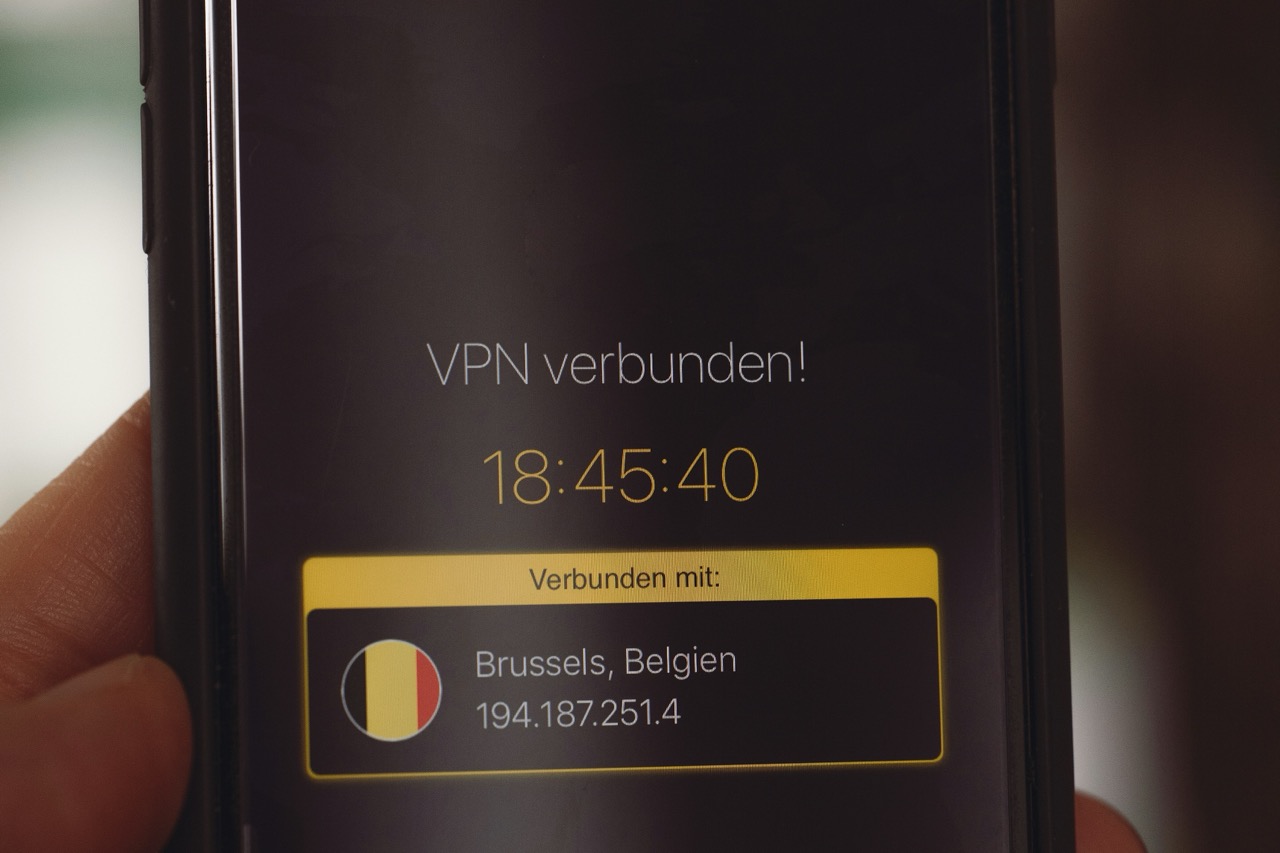In the digital age, Peer-to-Peer (P2P) file sharing has become a prevalent method of distributing and obtaining files, ranging from software applications and media to documents. However, with its popularity comes a significant set of risks, including potential legal issues, exposure to malware, and privacy violations. To navigate these challenges effectively, using a Virtual Private Network (VPN) like Surfshark can provide a robust solution for enhancing security and privacy during P2P activities. This article delves into the specifics of using Surfshark to facilitate safe and anonymous file sharing, ensuring you can enjoy all the benefits of P2P technology without compromising your safety.
Understanding P2P File Sharing and Its Risks in 2023
P2P file sharing allows users to connect directly with one another to exchange files without the need for a centralized server. This decentralized approach offers significant advantages, including reduced costs and increased access to diverse content. However, it also presents inherent risks, particularly in the context of copyright infringement, as downloading or sharing copyrighted materials without permission can lead to legal repercussions, including hefty fines or even criminal charges.
In 2023, the landscape of P2P file sharing is evolving rapidly, with more sophisticated monitoring techniques deployed by copyright holders and government agencies. As a result, users engaging in P2P activities must remain vigilant about their online presence. Furthermore, malware and malicious software are rampant within P2P networks, often disguised as legitimate files. Downloading infected content can lead to severe consequences for both personal security and data integrity.
To mitigate these risks, users should adopt comprehensive strategies that include using a reliable VPN service. Surfshark is designed to cloak your online activities and encrypt your internet connection, effectively shielding your identity and location from potential prying eyes. The combination of P2P technology and a robust VPN creates a safer environment for file sharing, protecting you against legal issues and cyber threats.
Setting Up Surfshark for Seamless P2P File Sharing
Setting up Surfshark for P2P file sharing is a straightforward process that begins with creating an account. After evaluating your requirements, select a subscription plan that best suits your needs, and download the Surfshark application compatible with your operating system. Surfshark supports a wide range of platforms, including Windows, macOS, Linux, Android, and iOS, ensuring that you can utilize its services on multiple devices seamlessly.
Once the application is installed, launch Surfshark and log in using your credentials. Then, navigate to the “Settings” menu, where you can enable the “Camouflage Mode,” which disguises your VPN activity and helps prevent your Internet Service Provider (ISP) from detecting your P2P traffic. Additionally, Surfshark’s “CleanWeb” feature is beneficial for blocking ads, trackers, and malware, further enhancing your experience while sharing files.
Finally, select a server location that supports P2P file sharing. Surfshark provides dedicated servers optimized for P2P traffic, ensuring high-speed connections that are essential for efficient file sharing. Once connected to a suitable server, you are ready to engage in P2P file sharing with an added layer of security and anonymity.
Configuring Security Features to Enhance P2P Safety
To maximize safety while using Surfshark for P2P file sharing, it’s crucial to configure specific security features diligently. One of the primary measures is enabling the “Kill Switch” feature, which immediately disconnects your internet connection if the VPN drops unexpectedly, preventing any potential exposure of your IP address during file sharing sessions. This feature is particularly important when using P2P applications that continuously connect to the internet.
Additionally, consider activating the “Split Tunneling” feature, which allows you to choose which applications or websites will use the VPN connection. This flexibility can be advantageous for users who want to keep certain activities separate from their P2P file sharing, optimizing both security and performance. By selectively routing traffic through Surfshark, you can maintain anonymity while ensuring that your essential applications retain normal functionality.
Lastly, regularly check for updates to the Surfshark application to benefit from the latest security patches and features. Cybersecurity is an ever-evolving field, and maintaining an up-to-date VPN ensures that you are protected against the latest threats. By configuring these security features thoughtfully, you can significantly enhance your safety while participating in P2P file sharing activities.
Best Practices for Safe and Anonymous File Sharing Online
Even with a VPN like Surfshark, following best practices for safe and anonymous file sharing is vital. First and foremost, always ensure that the files you are sharing or downloading are from reputable sources. Engaging with trusted communities and platforms can significantly reduce the risk of encountering malicious files. Additionally, use file verification tools to check the integrity and authenticity of downloaded files, as this can help identify and avoid potentially harmful content.
Another critical practice is to avoid sharing any personal information or identifiable data while using P2P networks. Cybercriminals often exploit users by collecting and misusing personal details. Use pseudonyms when participating in sharing communities, and refrain from discussing sensitive information in public forums. Adopting a cautious approach to online interactions is essential in safeguarding your identity and privacy.
Finally, regularly monitor your own online behavior and adjust your practices as necessary. Stay informed about the latest trends and threats in the P2P landscape, and be willing to switch to alternative file-sharing methods if they provide better security and privacy. By remaining proactive and informed, you can harness the benefits of P2P file sharing while minimizing the associated risks.
In conclusion, using Surfshark as a VPN for P2P file sharing offers a secure and efficient way to engage in this decentralized method of file distribution. By understanding the risks associated with P2P activities and implementing strategic measures to enhance your online safety, you can enjoy the benefits of file sharing while minimizing potential threats. With a secure setup, proper configuration of security features, and adherence to best practices, Surfshark users can navigate the world of P2P file sharing with confidence and peace of mind.










